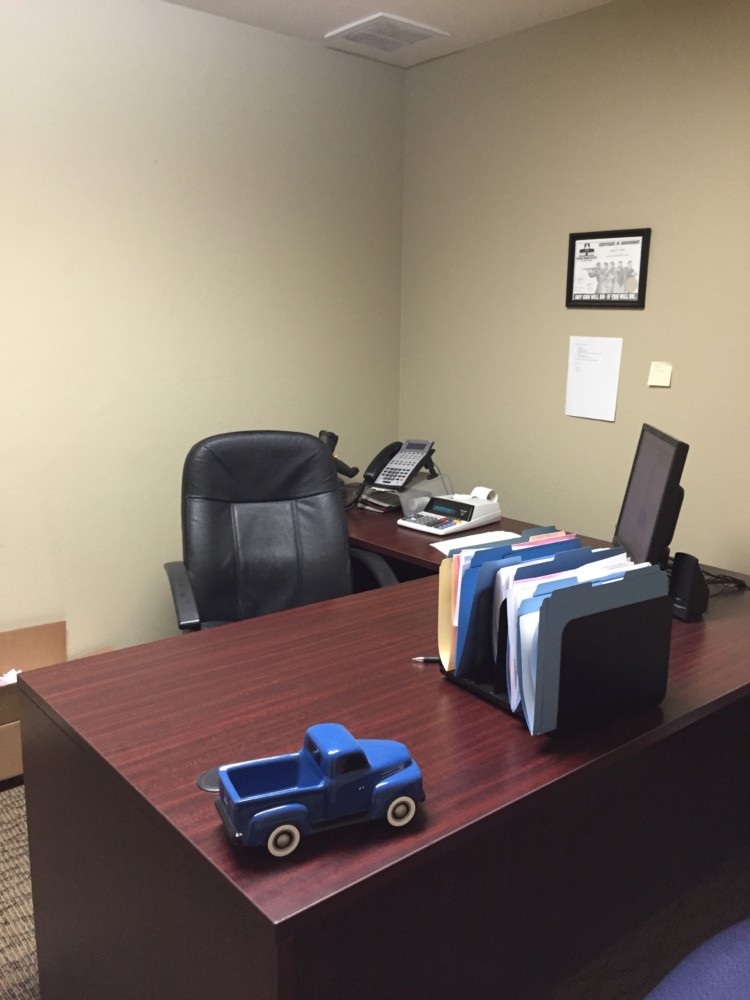Long-term projects. Could you use some tips to help finish that project you started with gusto, which is currently lagging?
If you hit a roadblock (or two, or three) what are they—and does your team have ideas for overcoming those hurdles? Decide ahead of time how you will handle issues when they come up. Planning will prevent panic and help people stay on track.











 it works with clients too; they always want to use their new and improved file system after we have set it up. It gives me great satisfaction to know I’ve helped yet another person to be organized and find what they need quickly.
it works with clients too; they always want to use their new and improved file system after we have set it up. It gives me great satisfaction to know I’ve helped yet another person to be organized and find what they need quickly.
 Do I use this?
Do I use this?







